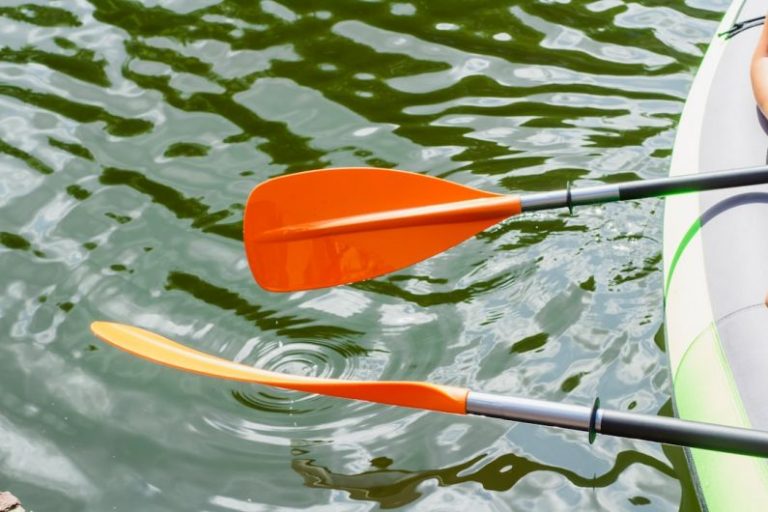
Rowing is a fantastic sport that offers a full-body workout and a serene connection with the water. However, like any water-based activity, safety should always be a top priority. A comprehensive rowing safety plan is essential to ensure the well-being of rowers and prevent accidents on the water. In this article, we will explore the key components that make up an effective rowing safety plan.
Understanding the Risks
Before delving into the components of a rowing safety plan, it’s crucial to understand the risks associated with rowing. Water conditions can change rapidly, leading to rough waters, strong currents, and unexpected challenges. Additionally, rowers are often sharing the water with other boaters, which can increase the likelihood of accidents. By recognizing these risks, rowing organizations can proactively address safety concerns and implement measures to mitigate potential dangers.
Equipment Inspection and Maintenance
One of the fundamental components of a rowing safety plan is the regular inspection and maintenance of equipment. Rowing shells, oars, life jackets, and other gear should be routinely checked for any signs of wear and tear. Damaged equipment should be repaired or replaced promptly to ensure the safety of rowers. Additionally, all safety equipment, such as life jackets and whistles, should be easily accessible and in good working condition at all times.
Training and Certification
Proper training is essential for rowers to navigate the water safely. Rowing organizations should offer comprehensive training programs that cover water safety protocols, rowing techniques, and emergency procedures. Additionally, rowers should be certified in CPR and first aid to respond effectively in case of an emergency. By investing in training and certification programs, rowing organizations can empower rowers with the knowledge and skills needed to stay safe on the water.
Emergency Action Plan
In the event of an emergency, having a well-defined action plan can make all the difference. A rowing safety plan should outline specific procedures for different emergency scenarios, such as capsizing, collision, or inclement weather. Rowers should be familiar with these protocols and practice emergency drills regularly to ensure a swift and coordinated response in case of an emergency. Additionally, communication channels should be established to alert authorities and coordinate rescue efforts effectively.
Weather Monitoring
Weather conditions play a significant role in rowing safety. Sudden changes in weather can create hazardous conditions on the water, such as high winds, lightning storms, or heavy rain. Rowing organizations should closely monitor weather forecasts and advisories to make informed decisions about whether it is safe to row. When adverse weather conditions are forecasted, rowing activities should be postponed or canceled to prevent unnecessary risks.
Safety Briefings
Prior to hitting the water, rowers should receive a thorough safety briefing that covers key safety information and protocols. Safety briefings should include details on the planned route, potential hazards, emergency procedures, and communication channels. Rowers should also be reminded of the importance of wearing life jackets at all times and staying together as a group. By conducting safety briefings before each rowing session, rowers can stay informed and prepared for any situation that may arise.
Final Thoughts
A rowing safety plan is a critical component of any rowing program, ensuring the well-being of rowers and promoting a culture of safety on the water. By incorporating the key components discussed in this article, rowing organizations can create a safe and enjoyable environment for rowers to pursue their passion for the sport. Remember, safety always comes first when it comes to rowing, so be proactive, stay informed, and prioritize the safety of all individuals on the water.





